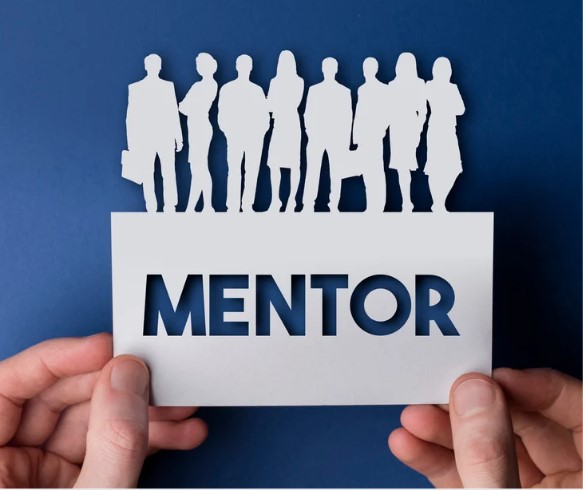
Mentorship can be a rewarding experience with Reverse method

Reverse mentorship is a type of mentorship in which a younger, less experienced person mentors a more senior, more experienced person. This may seem counterintuitive, but reverse mentorship can be a valuable experience for both parties involved.
For the mentor, reverse mentorship can be a way to learn about new technologies, trends, and perspectives. It can also be a way to stay up-to-date on the latest industry developments and to build relationships with the next generation of leaders.
For the mentee, reverse mentorship can be a way to gain access to knowledge and experience that would be difficult to obtain otherwise. It can also be a way to build relationships with senior leaders and to gain exposure to new opportunities.
Here are some of the benefits of reverse mentorship:
For the mentor:
· Learn about new technologies, trends, and perspectives
· Stay up-to-date on the latest industry developments
· Build relationships with the next generation of leaders
· Gain a fresh perspective on their own work
For the mentee:
· Gain access to knowledge and experience that would be difficult to obtain otherwise
· Build relationships with senior leaders
· Gain exposure to new opportunities
· Develop leadership skills
· Increase confidence
Here are some tips for making the most of a reverse mentorship relationship:
Be clear about your goals. What do you hope to gain from the mentorship relationship? Once you know your goals, you can communicate them to your mentor so that they can best support you.
Be open and honest. Be honest with your mentor about your strengths and weaknesses. This will help them to provide you with the most relevant and helpful guidance.
Be respectful and appreciative. Remember that your mentor is giving you their time and expertise. Be respectful of their time and show your appreciation for their guidance.
In addition to the benefits mentioned above, reverse mentorship can also help to create a more inclusive and equitable workplace. By providing opportunities for younger, less experienced employees to mentor more senior employees, organizations can help to break down silos and promote knowledge sharing across all levels of the hierarchy.
Reverse mentorship can also help to foster innovation and creativity. Younger employees often have new ideas and perspectives that can challenge the status quo and help organizations to think outside the box. By mentoring senior employees, younger employees can help them to see the world in a new light and to develop new ways of doing things.
Here are some examples of how reverse mentorship is being used in the real world:
· At Deloitte, a group of younger employees mentored a group of senior partners on the latest digital technologies.
· A group of millennial engineers at GE mentored a group of senior executives on the best ways to attract and retain millennial talent.
· At Airbnb, a group of employees from different cultural backgrounds mentored a group of senior leaders on how to create a more inclusive and equitable workplace.
Identify a potential mentor. Think about a senior employee who you admire and who you think could provide you with valuable guidance.
Reach out to your potential mentor. Explain your interest in reverse mentorship and ask if they would be open to the idea.
Set clear goals. What do you hope to gain from the mentorship relationship? Once you know your goals, you can communicate them to your mentor so that they can best support you.
Be prepared to give back. Reverse mentorship is a two-way street. Be prepared to share your own knowledge and experiences with your mentor.
Reverse mentorship can be a rewarding experience for both parties involved. It is a great way to learn new things, develop relationships, and advance your career.









.jpg)

